Embracing the Rich and Diverse German Cuisine
Exploring the culinary wonders of Germany unveils a tapestry woven with delightfully rich and diverse flavors. Welcome to the world of ‘The Top 20 German Dishes,’ where each plate is a comforting indulgence crafted from high-quality, locally sourced ingredients. Germany’s culinary landscape narrates a story not only rooted in the country’s agricultural traditions but also shaped by the myriad of immigrants who have called this land home across centuries. Beyond the stereotypical mix of beer, sauerkraut, and sausage, discover a vibrant culinary heritage that embraces well-prepared, leisurely meals and quick, on-the-go bites alike.
The Unveiling of Culinary Gems
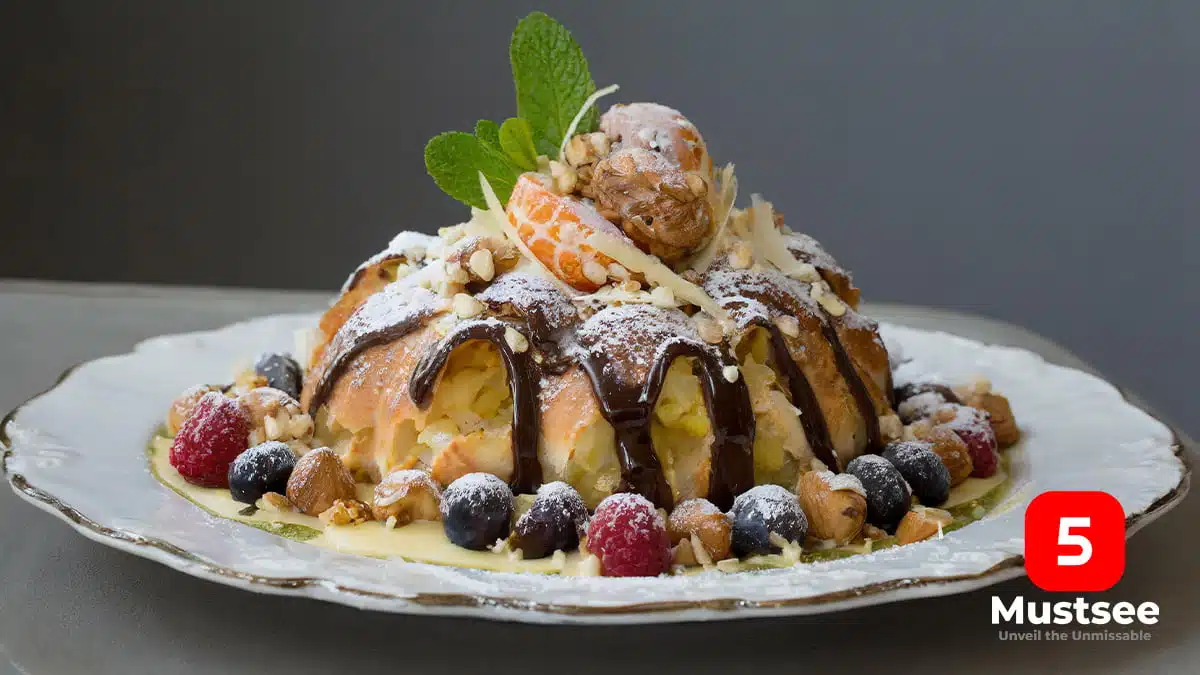
In Germany, one can revel in the experience of food markets, beer gardens, wine festivals, food museums, and top-notch restaurants. The German gastronomic adventure is all about appreciating the soul-warming flavors that arise from time-honored recipes.
Königsberger Klopse: A Culinary Testament to Tradition
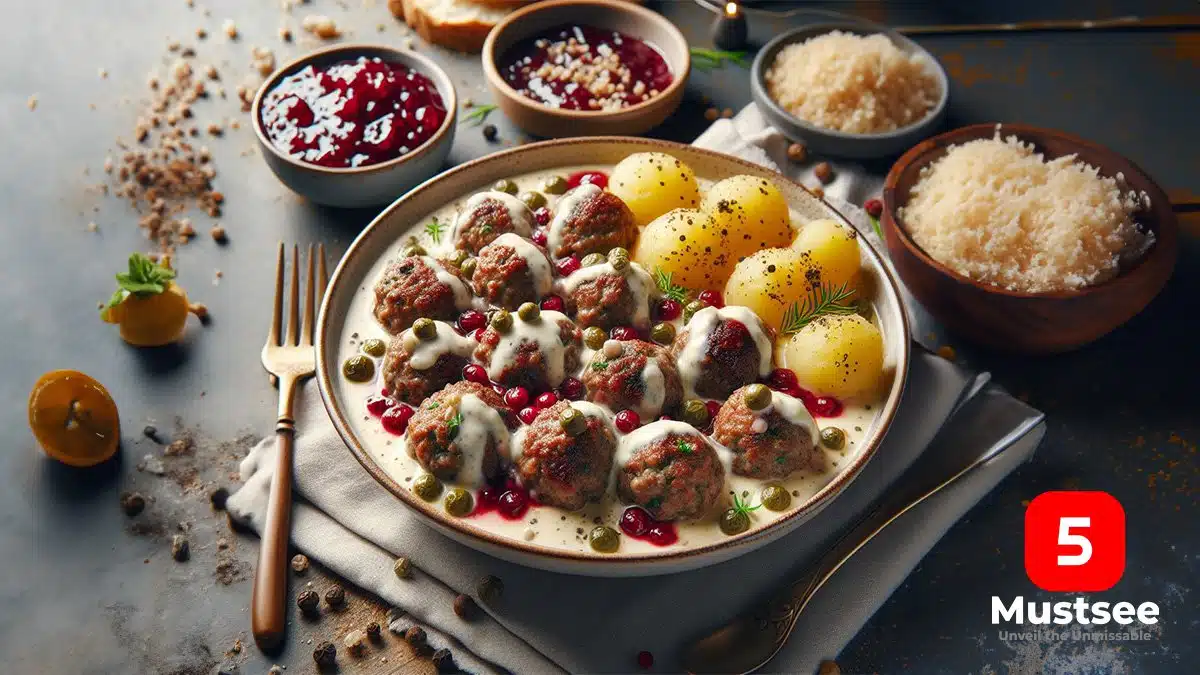
Named after the former East Prussian capital, Königsberg, this delectable dish features meatballs luxuriating in a creamy white sauce adorned with capers. Furthermore, the traditional recipe infuses minced veal with onions, eggs, anchovies, pepper, and an array of spices. Additionally, the addition of capers and lemon juice bestows a refined elegance upon this heartening comfort food.
Maultaschen: A Treasured Culinary Heritage
Hailing from the southwestern region of Swabia, Maultaschen resembles the Italian ravioli but boasts a larger size. These palm-sized, square pockets of dough conceal a variety of fillings, spanning from savory to sweet, and from meaty to vegetarian. Often simmered and served with broth or pan-fried and buttered, Maultaschen holds a special place in the hearts and palates of Germans.
Labskaus: A Distinctive Seafaring Delicacy
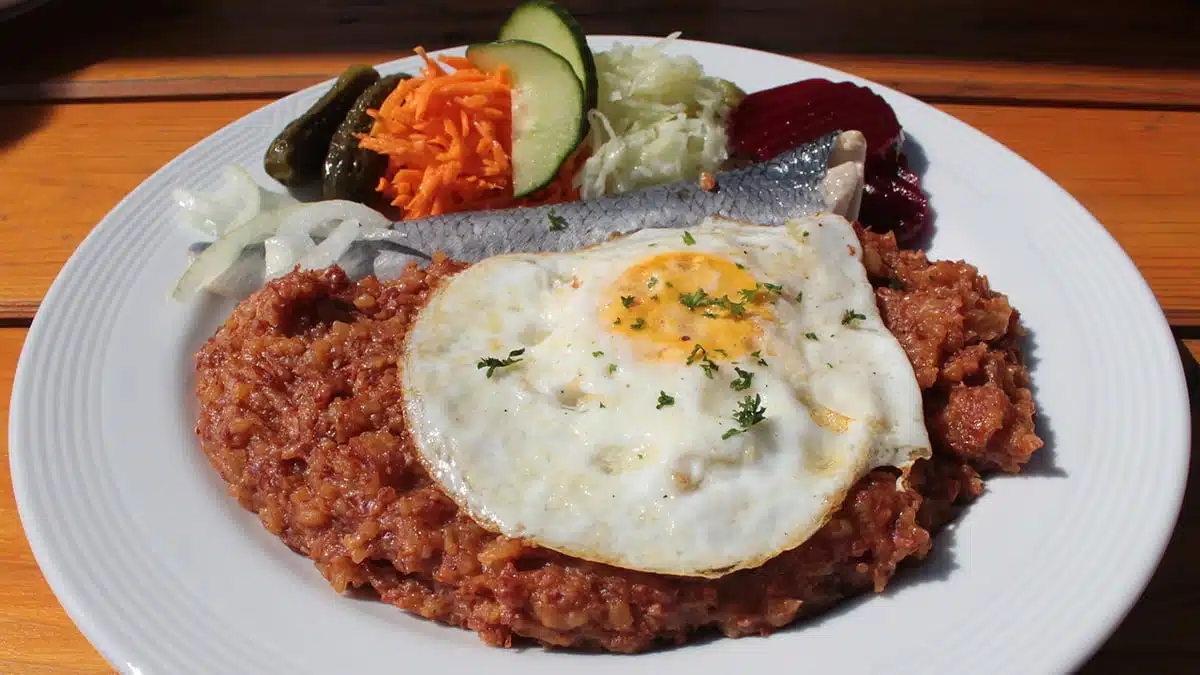
Labskaus, while not the most visually appealing dish, encapsulates the maritime traditions of northern Germany. This unconventional yet indulgent dish amalgamates salted beef, onions, potatoes, and pickled beetroot, presenting a hearty porridge-like texture that has long been cherished by Baltic and North Sea sailors.
As you embark on your German escapade, make sure to tantalize your taste buds with these culinary gems that exude the essence of Germany’s rich and diverse gastronomic heritage. Whether you find yourself savoring the elegance of Königsberger Klopse, delving into the heartiness of Maultaschen, or embracing the distinctive character of Labskaus, each dish offers a unique glimpse into the captivating world of German cuisine. So, immerse yourself in this culinary adventure and let the flavors of Germany allure your senses.
The Delights of German Street Food
German Cuisine’s Signature Dish: Bratwurst

The mention of German cuisine often conjures up images of sausages, and rightfully so. Bratwurst, a type of fried sausage, is a staple in the country’s street food scene. This mouthwatering delight offers over 40 variations, from the herb-infused Fränkische bratwurst to the spicy Thüringer rostbratwurst.
Currywurst: A Testament to Ingenuity
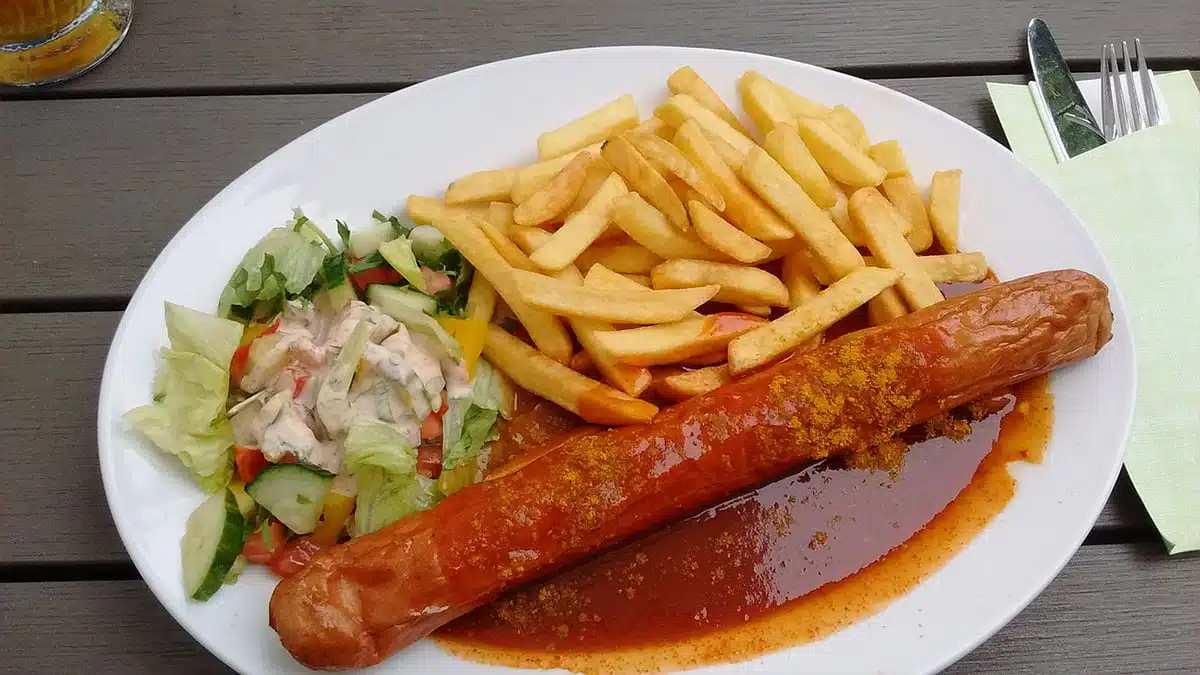
The inception of currywurst dates back to 1949 when Herta Heuwer, a Berlin resident, ingeniously combined ketchup and curry powder and doused it over grilled sausage. This simple yet ingenious creation went on to become a quintessential German street food item, with a staggering 800 million servings consumed annually.
Döner Kebab: A Culinary Legacy

Introduced by Turkish immigrants in the 1960s and ’70s, döner kebab quickly gained popularity in Germany. What originated as a humble meat, onion, and salad sandwich at West Berlin’s Zoo Station has evolved into a delectable dish with an array of vegetables, sauces, and meat options, with vegetarian and vegan versions also gaining traction.
The Schnitzel Dilemma
Some may debate the origins of schnitzel, attributing it to Austria or Italy, but it has firmly entrenched itself in German culinary culture and is a must-try dish. Whether Austrian or Italian, the schnitzel undeniably holds a cherished place in German cuisine.
As you savor these culinary delights, remember that each dish encapsulates a unique story of innovation and cultural fusion, a testament to the rich tapestry of influences that shape Germany’s vibrant food scene.
German Delicacies You Must Try
Germany’s culinary landscape is a delightful tapestry of traditional and flavor-rich delicacies. Moreover, from succulent schnitzels to heavenly spätzle, every dish tells a story and offers a unique experience. Now, let’s delve into the realm of German cuisine and discover the must-try delicacies that will tantalize your taste buds.
The Legendary Schnitzel
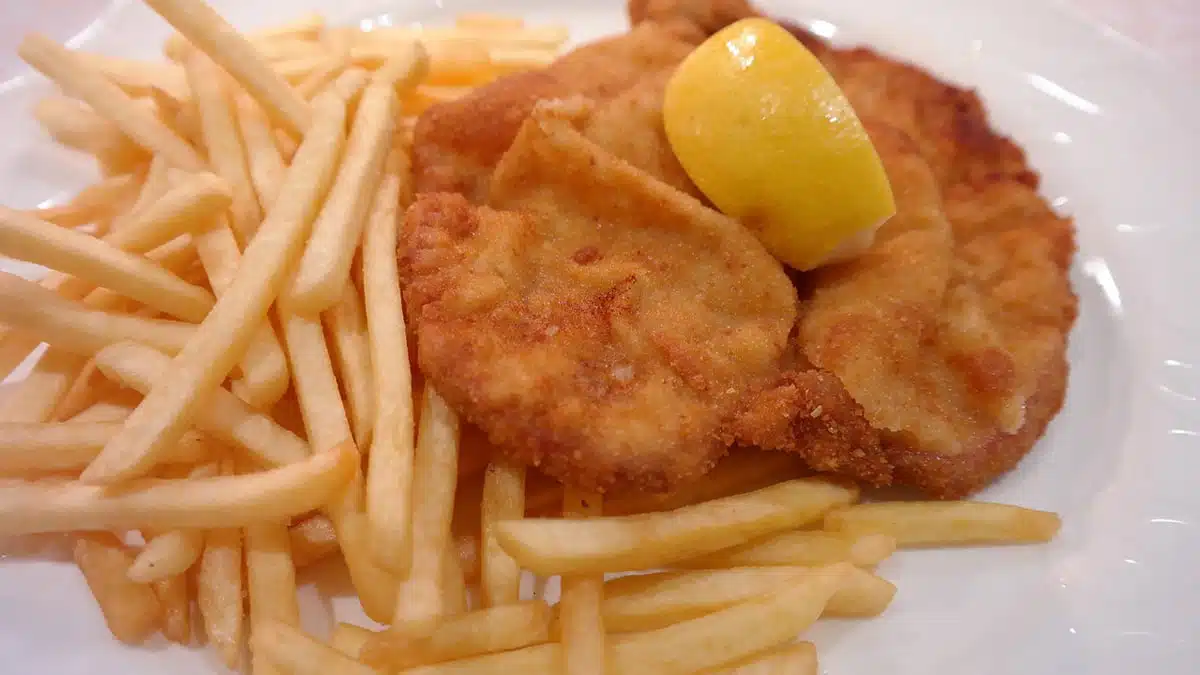
The controversy surrounding the origin of schnitzel hasn’t hindered its popularity in Germany. Unlike the Austrian schnitzel, which is strictly veal-based, the German variant features tenderized pork or turkey. Moreover, Germans love to dress up their schnitzel with a myriad of sauces such as mushroom, bell pepper, and creamy options, making it a staple in traditional restaurants across the country.
The Allure of Spätzle
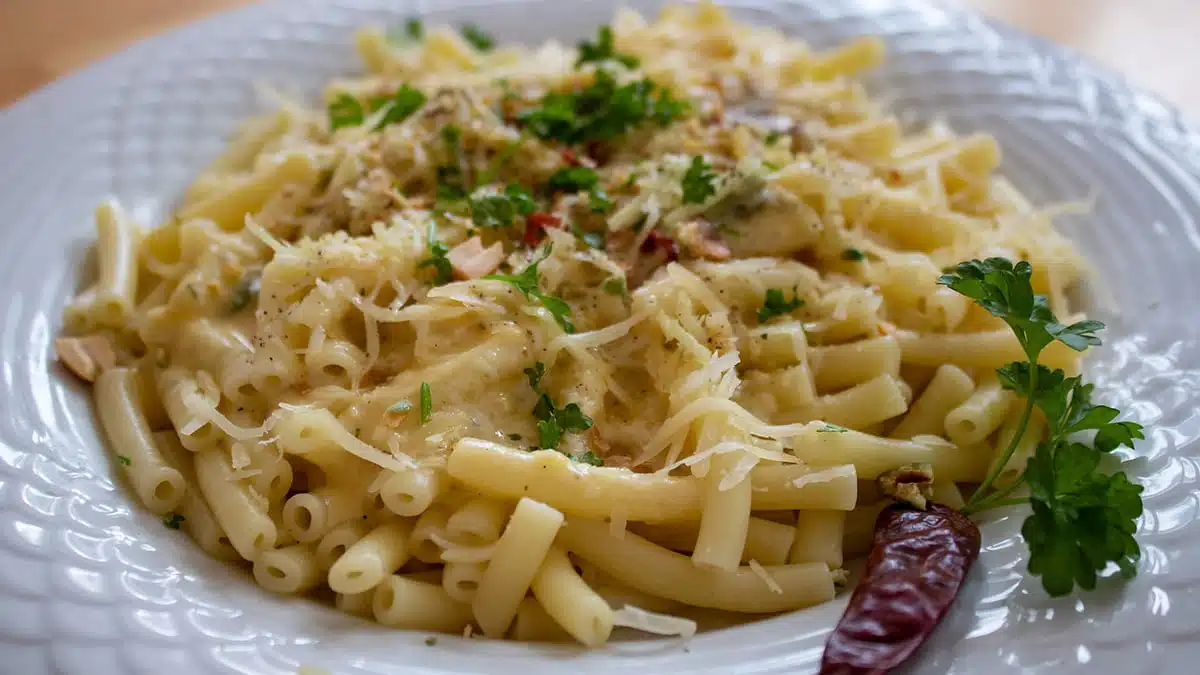
Originating from Baden-Württemberg, spätzle, a pasta-like creation, is a beloved side dish in Germany. Furthermore, typically accompanied by meat dishes or added to soups, spätzle can be transformed into the delectable käsespätzle by incorporating cheese, a popular dish in southern Germany.
The Tempting Rouladen
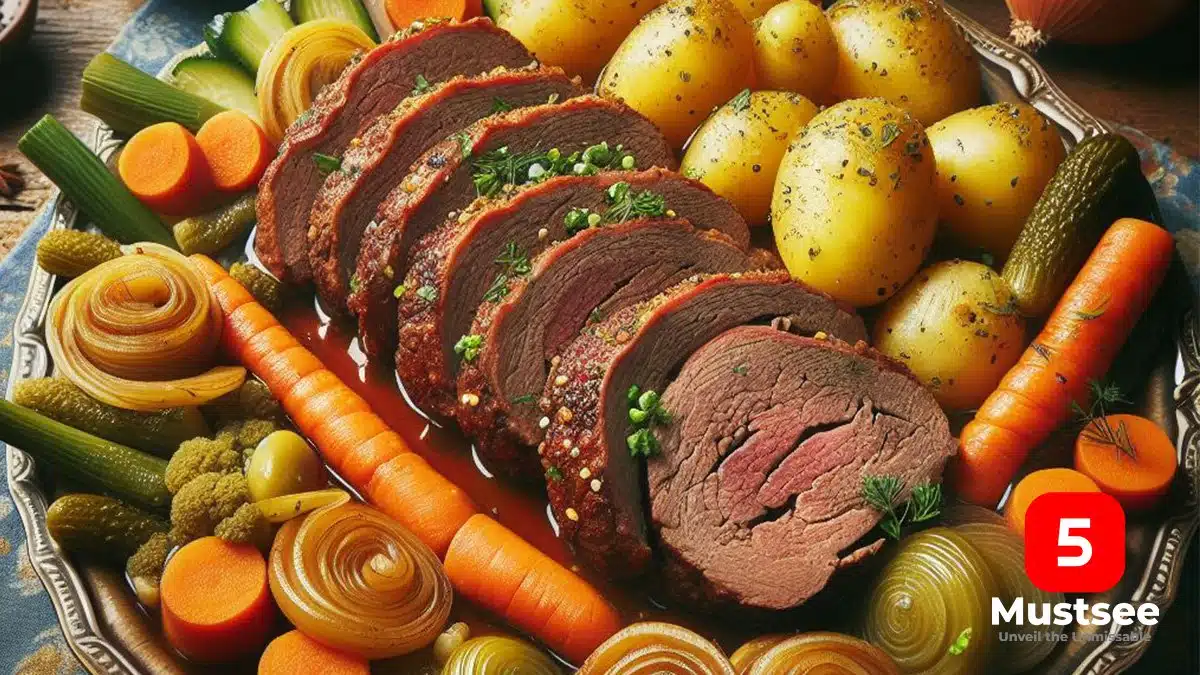
Rouladen, a fusion of bacon, onions, mustard, and pickles encased in sliced beef or veal, takes center stage in western Germany and the Rhine region. Moreover, often served with potato dumplings, mashed potatoes, and pickled red cabbage, this dish is incomplete without a generous drizzle of red wine gravy.
The Enigmatic Sauerbraten
Regarded as one of Germany’s national dishes, sauerbraten boasts regional variations across the country. This pot roast, traditionally prepared with horse meat but now predominantly with beef or venison, undergoes a lengthy marination process, resulting in a tantalizing flavor profile. Served alongside red cabbage, potato dumplings, or boiled potatoes, sauerbraten is a culinary marvel.
Exploring Himmel und Erde
Himmel und erde, also known as heaven and earth, is a cherished dish in the Rhineland, Westphalia, and Lower Saxony. Consisting of black pudding, fried onions, mashed potatoes, and apple sauce, this centuries-old creation has stood the test of time and remains a favorite in various regions.
Zwiebelkuchen and Federweisser
During October, one can relish the first wines of the year in Germany, with federweisser und zwiebelkuchen stealing the spotlight. Federweisser, a partially fermented young white wine, is a seasonal delight that pairs exquisitely with the indulgent onion tart.
Exploring the mosaic of flavors that German cuisine offers is a journey enriched with culinary diversity and historical significance. Each dish encapsulates a story, a tradition, and a unique blend of flavors waiting to be savored. So, embark on a gastronomic adventure and savor the essence of Germany through its delightful culinary treasures.## The Fascinating World of German Culinary Delights
Federweisser: A Delicate Autumn Treat
In the heart of the Mosel River region, autumn heralds the arrival of federweisser. Furthermore, this delightful young wine, renowned for its lightness and sweetness, entices locals and visitors alike to gather in marketplaces and wine gardens, savoring its flavors alongside freshly baked onion tarts, known as zwiebelkuchen. Its unique taste harmonizes perfectly with the warm and savory notes of the renowned onion cake.
Saumagen: A Culinary Legacy
Steeped in history, saumagen holds a place of honor in German cuisine and culture. Hailing from the western Palatinate region, this dish gained global recognition through former German Chancellor Helmut Kohl. Its name, translating to “sow’s stomach,” belies its delectable nature. Resembling the Scottish haggis, saumagen is crafted by utilizing a pig’s stomach (or a synthetic alternative) to encase a stuffing comprising pork, potatoes, carrots, onions, marjoram, nutmeg, and white pepper. Once prepared, it can be pan-fried or oven-roasted, making it a delightful pairing with sauerkraut, mashed potatoes, and a dry white wine from the Palatinate.
Pinkel mit Grünkohl: Heartwarming Winter Fare
Embracing the winter season, northwest Germany delights in the comforting flavors of pinkel mit grünkohl, a dish predominantly enjoyed in regions such as Oldenburg, Bremen, Osnabrück, East Frisia, and Friesland. The dish combines cooked kale infused with mustard and bacon, accompanied by the “pinkel” sausage, made from bacon, oats or barley groats, beef suet, pig lard, onions, salt, and pepper. Notably, the winter tradition of “Grünkohlfahrt” sees families and friends embark on invigorating hikes, culminating in a heartwarming kale dinner at a rural inn, often accompanied by schnapps.
Spargelzeit: A Passion for White Asparagus
As mid-April dawns, Germany radiates with the fervor of spargelzeit, the asparagus season. This cherished time witnesses a proliferation of asparagus-infused dishes across the country, with the average German consuming the revered vegetable at least once daily. The annual consumption surpasses 70,000 tons, showcasing the nation’s unwavering adoration. Whether boiled, steamed, wrapped in bacon, or ingeniously incorporated into various culinary creations, asparagus captivates the senses, culminating in a collective lamentation when spargelzeit concludes on June 24.
Reibekuchen: The Allure of Fried Potato Pancakes
Fried potato pancakes, beloved across Germany, captivate the palate under an array of monikers, including reibekuchen, kartoffelpuffer, reibeplätzchen, and reiberdatschi. These quintessential German delights are enjoyed throughout the year, featuring prominently in Karneval festivities in spring and gracing the menu of numerous Christmas markets. Whether adorned with apple sauce, served on rye bread, or accompanied by treacle, their irresistible allure knows no bounds.
In summary, German culinary traditions are a tapestry of stories, flavors, and heritage, inviting all to partake in a symphony of gastronomic delights. So, immerse yourself in these culinary wonders for an unforgettable experience!
Why Germany Is a Global Bread Haven
German cuisine is well-known for a variety of delectable bread options, from hearty rye bread to crispy pretzels and buttery brioche. However, the country’s culinary prowess extends far beyond bread, as Germany offers a diverse range of dishes to tantalize your taste buds. Let’s explore some of the most beloved German culinary delights that have made their mark on the global food scene.
A Journey into German Culinary Delights
Rollmöpse: A Taste of Tradition
Rollmöpse, a seasnack, consisting of cooked or fried herring fillets, pickled and rolled around a savory filling, such as pickled gherkin or green olive, have been a culinary staple since medieval times. This delicacy gained widespread popularity in the 19th century when the advent of long-range train networks facilitated the transportation of pickled foods, cementing its place as a cherished snack on German tables.
Indulge in Schwarzwälder Kirschtorte
The Schwarzwälder Kirschtorte, or Black Forest gateau, is a renowned German cake featuring layers of chocolate sponge cake, whipped cream, sour cherries, and a decadent drizzle of kirschwasser, a specialty liquor distilled from tart cherries. Its origin can be traced back to Café Agner in Bonn, Rhineland, in 1915, and its popularity soared post-World War II, transcending borders to captivate dessert aficionados globally.
German Cheesecake: A Unique Twist
German cheesecake stands apart with its minimal use of strawberries or other fruits, a base crafted from freshly made dough, and a filling comprising low-fat quark infused with egg foam, lemon, and vanilla. This simplicity and focus on a handful of quality ingredients have birthed various regional versions, including käsekuchen, quarkkuchen, and matzkuchen, each offering a delightful indulgence when accompanied by a dollop of fresh cream and a steaming cup of coffee.
The Quirky Charm of Spaghettieis
Spaghettieis, a whimsical ice cream creation, resembles a plate of spaghetti with vanilla ice cream pressed through a noodle press, topped with strawberry sauce mimicking tomato sauce, and sprinkled with white chocolate shavings as “Parmesan.” Moreover, invented in 1969 by Dario Fontanella, an Italian immigrant’s son in Mannheim, Germany, this delightful dessert has become a beloved treat in numerous ice cream parlors across the country.
Embrace German Gastronomic Delights
The diverse, rich tapestry of German cuisine offers a delightful array of culinary treasures that have captivated palates across the globe. Whether savoring a traditional specialty or exploring a modern twist, indulging in German gastronomic delights is a journey filled with scrumptious surprises and an ode to the country’s culinary expertise.
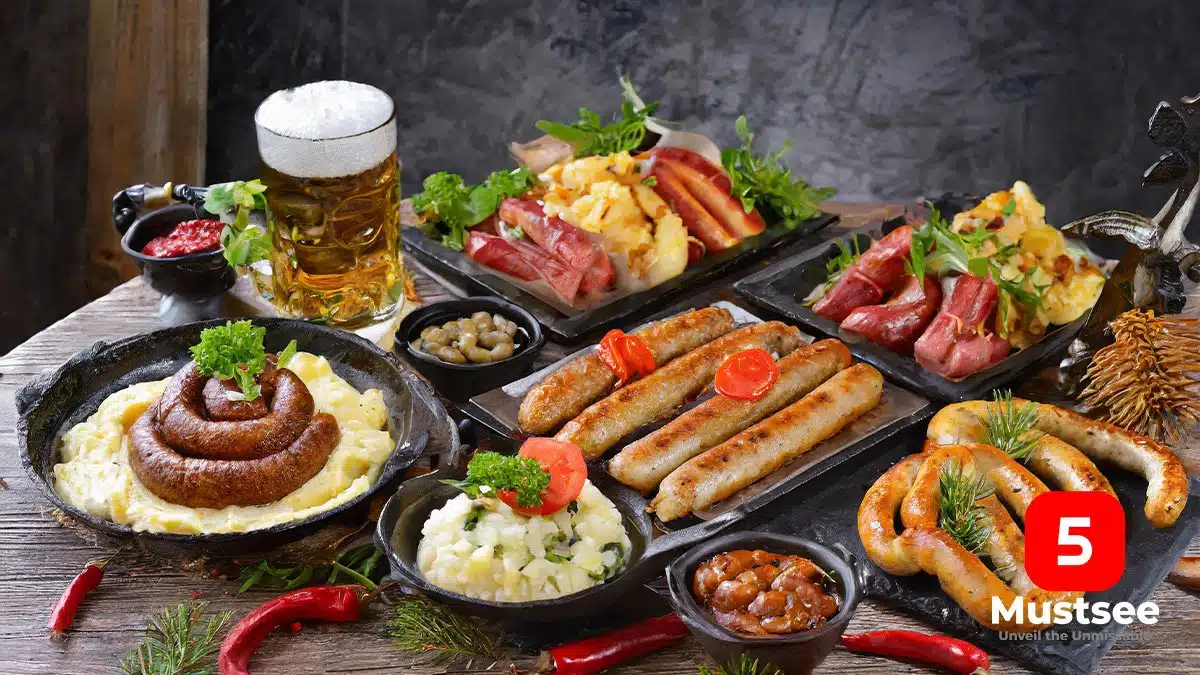






I think this is among the so much important
information for me. And i’m satisfied reading your article.
However should commentary on some general things, The web site taste is wonderful, the articles is
in point of fact great : D. Just right task, cheers
Wonderful work! This is the type of info that are meant
to be shared across the web. Disgrace on the seek engines for not positioning this post upper!
Come on over and consult with my site . Thank you =)
my blog post; Massage Forum